Rachel is on her way to her first ever job interview. Her heart is racing, and her palms are sweating.
Have you ever felt like this? Do you struggle to stay calm when faced with the stress of daily life?
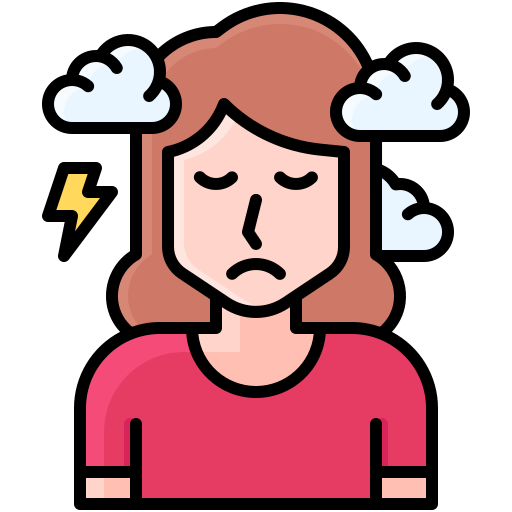
You're not alone — 80% of college graduates report experiencing significant stress. But what if there was a simple way to manage this stress and find calm amidst the chaos?

Learn practical mindfulness exercises to transform stress into serenity.
What Exactly is Mindfulness?
At its core:
Mindfulness is paying attention to the present moment, on purpose, and without judgment.
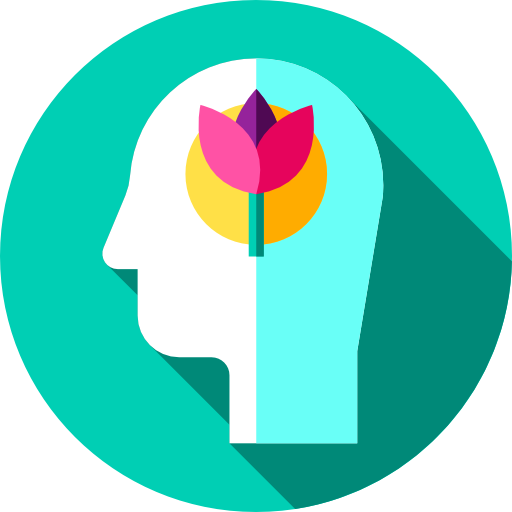
What mindfulness means:
You're noticing your thoughts and feelings.
You're not getting caught up in them.
You're choosing how to respond, not just reacting automatically.
Example: When you're having a disagreement with someone, bring your attention to your thoughts and feelings, and express yourself politely and respectfully.

What it doesn't mean:
Any time you're going through the motions without really being present.
Being lost in thought.
Breathwork only or simply sitting cross-legged on a yoga mat.
Example: When you’re binge-watching TV, mindlessly eating snacks, and suddenly the whole bag’s over without you realizing it!

Try this mini mindfulness exercise right now:
Stop reading for a moment. Take a deep breath in...and out. What can you hear around you? Any sounds nearby? That pause you just took? You were being mindful.
Why Stress Happens — And How Mindfulness Exercises Can Help
Let’s talk about stress — because we all deal with it.
Stress is your body’s way of handling pressure or threat. It kicks in during exams, job interviews, or when you’re running late. It’s your fight-or-flight mode.
But too much stress — too often — hurts you. It can:
Make it hard to sleep or focus
Cause anxiety or irritability
Even make you physically sick

Real talk: ever felt your chest tighten from notifications blowing up your phone? Or tried to fall asleep but your brain won’t shut up? That’s chronic stress — and mindfulness exercises can help with that.
Here’s where mindfulness comes in like a superpower! 🦸♀️
Practicing mindfulness exercises:
Calms the nervous system
Lowers cortisol (the stress hormone)
Helps you focus better
Makes it easier to manage tough emotions
How it works: When you’re mindful, you press pause on your stress response. Instead of panicking over a grade or argument, you notice how you feel and decide how to react.

Studies showed that just 8 weeks of mindfulness training reduced stress and increased emotional well-being. College students who practised mindfulness exercises had better sleep, focus, and resilience.
I started using a breathing app before class instead of doomscrolling. My focus got way better, and I felt less edgy.
— Erin, 19, study participant
#1 Try It Now — The S.T.O.P Technique
This is a quick 4-step mindfulness exercise called S.T.O.P. You can use it anytime —before a test, during an argument, or when your mind’s racing at night.
Time needed: 1–2 minutes 🕐
How to do it: sitting, standing, or even walking 📍
S – Stop
Pause whatever you're doing. Put your phone down. Close any extra tabs in your mind.
T – Take a Breath
Take one deep, slow breath. Inhale through your nose...exhale through your mouth.
Notice the air filling your lungs, and how your body feels right now.
O – Observe
What’s going on in your body and mind?
Are your shoulders tense?
Is your heart racing?
What thoughts are popping up?
Don’t judge what you notice — just observe.
P – Proceed
Ask yourself: What do I need right now?
Maybe it’s to stretch.
Maybe it’s to speak kindly to yourself.
Maybe it’s just to move on with your day —calmer and more aware.

Quiz Time! 🧩
You’re on your way to a presentation and start feeling nervous.
You try the S.T.O.P. technique: you pause, breathe, and notice your sweaty palms and racing heart. Then you remind yourself, “This anxiety is normal — it means I care,” and continue walking mindfully to your destination.
How is this mindfulness exercise helping in this situation?
A. It suppresses your emotional response.
B. You can accept your experience without judgment.
C. You can avoid the stress of the situation.
D. It distracts you with positive self-talk.
Quiz
How is mindfulness helping in this scenario?
#2 Try It Now — 5-4-3-2-1 Grounding Technique
Feeling overwhelmed or anxious? This sensory exercise can help bring you back to the present moment — fast.
It’s called the 5-4-3-2-1 Grounding Technique, and it helps you feel more centered by tuning into your five senses.
Time needed: 2–3 minutes 🕐
How to do it: Sitting, standing, or even lying down! 📍
To practice this mindfulness exercise:
5 — See: Look around and name 5 things you can see right now. 👀
4 — Feel: Notice 4 things you can physically feel — like your clothes, a breeze, or the ground beneath you. ✋
3 — Hear: Listen for 3 distinct sounds in your environment. 👂
2 — Smell: Identify 2 smells — subtle or strong. If you can’t smell anything, notice that too. 👃
1 — Taste: Focus on 1 thing you can taste. Maybe it's your toothpaste, gum, or just the taste in your mouth. 👅
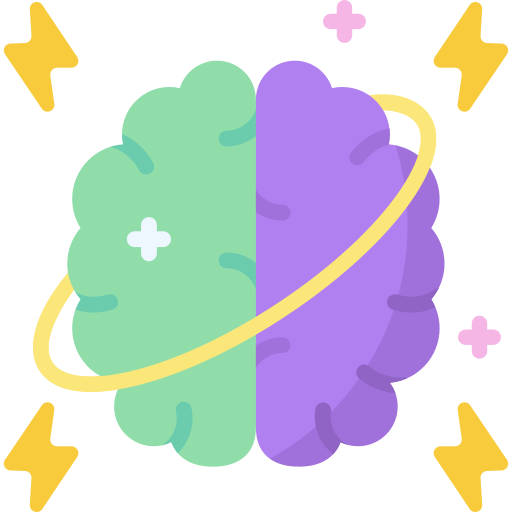
Why this mindfulness exercise works: When your mind is racing, this technique brings your attention back to what’s real — right here, right now. It helps lower anxiety and quiet your inner noise.
#3 Try It Now — Visualize Your Calm Place
Visualization is a powerful mindfulness exercise. It’s like daydreaming — but with purpose. It has the power to help your brain feel safe, relaxed, and calm.
Time needed: 3–5 minutes 🕐
How to do it: Eyes open or closed, seated or lying down 📍
To practice this mindfulness exercise:
Get comfy. Sit or lie down and take a deep breath in... and out.
Picture a calm place. It could be a beach, forest, cozy room, or somewhere that makes you feel safe.
Engage your senses:
What do you see? The sky? Trees?
What do you hear? Waves? Birds?
What do you smell? Pine? Fresh air?
What do you feel? Sand under your feet? A warm breeze?
Stay here for a few breaths. Let your body relax.
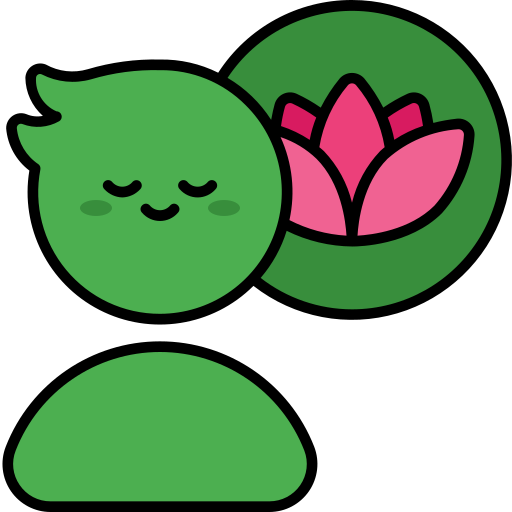
Why the mindfulness exercise works:
Visualization activates the same parts of the brain as real experiences. Just imagining calm can reduce stress and help your body feel safe.
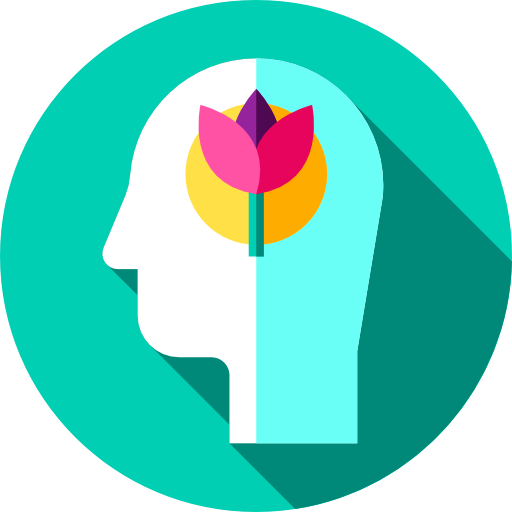 Quiz Time! 🧩
Quiz Time! 🧩
You’re feeling overwhelmed after a long, stressful day. You decide to try the calm place visualization technique: you lie down, close your eyes, and imagine sitting beside a quiet lake. You hear birds chirping, feel the cool breeze on your face, and picture the sun setting over the water. After a few minutes, you feel more relaxed and grounded.
How is this mindfulness exercise helping you in this situation?
A. It distracts you by focusing on imaginary events.
B. It tricks your brain into thinking you're asleep.
C. It activates calming parts of the brain through sensory imagination.
D. It lets you forget your responsibilities temporarily.
Quiz
How is visualization helping in this situation?
Take Action
You’re on your way! 🎉
Mindfulness exercises aren't about perfection — they're about paying attention, showing up for yourself, and being kind to your mind.
Keep going, one breath at a time.
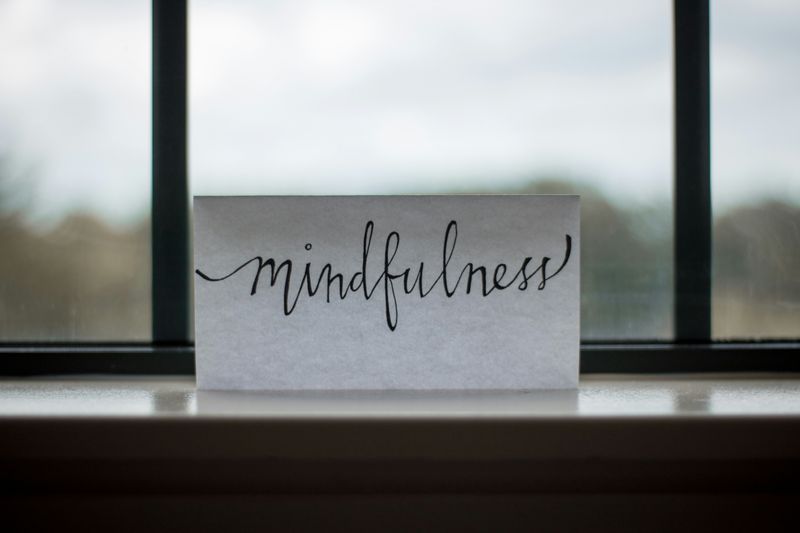 Photo by Lesly Juarez on Unsplash
Photo by Lesly Juarez on UnsplashUse this checklist to track your progress and build your own mindful moments into everyday life:
Your feedback matters to us.
This Byte helped me better understand the topic.
